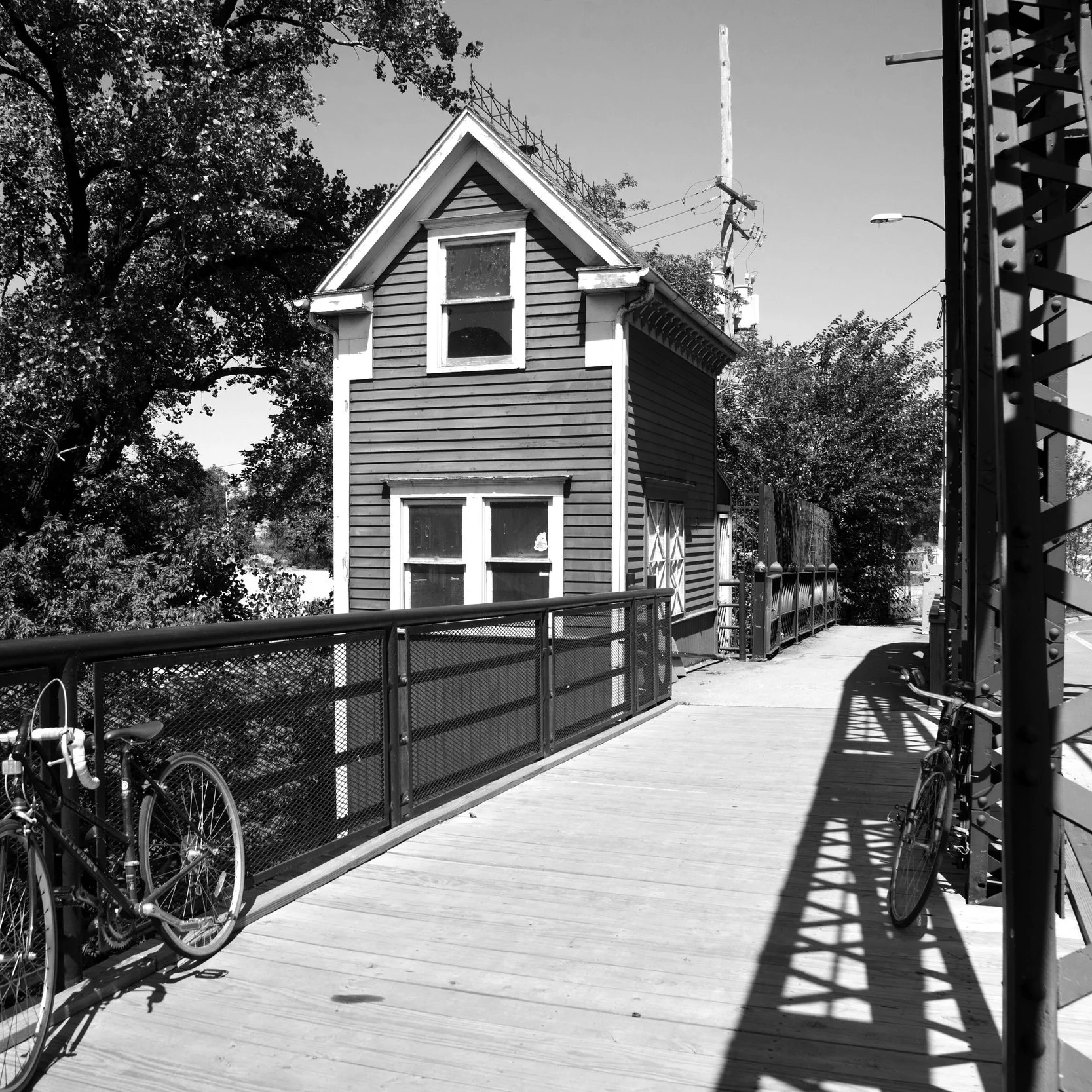Chicago’s river systems sparked the birth of the city and fueled the growth of Chicago, making it a vital economic and industrial artery. Movable bridges were once a critical aspect of the Chicago River’s utility, allowing larger ships to pass underneath the many crossings. Since the 1850s, bridge operators, otherwise known as “tenders” were responsible for lifting the bridges to ensure safe passage for boats, trains, automobiles, and pedestrians. Bridge tenders were like lighthouse keepers, continuously monitoring the riverways as ships required passage at any time day or night.
Today, Chicago’s commercial large boat traffic has moved to the Calumet River and the Chicago River is predominantly used for recreational boats and construction barges. Due to the significant decline in commercial boat traffic, the need for many of the movable bridges to operate has reduced substantially. Bridge tenders no longer constantly occupy these historic structures, and the massive gears and counterweights that lifted the bridges have gone silent. Bridges along the North Branch have been decommissioned as they no longer require bridge lifts. The bridges that are still active, have scheduled lifts only a few dozen times in the boating season, leaving bridgehouses unoccupied 95% of the year. With this level of dormancy, bridgehouses are slowly deteriorating, and some have been demolished.




